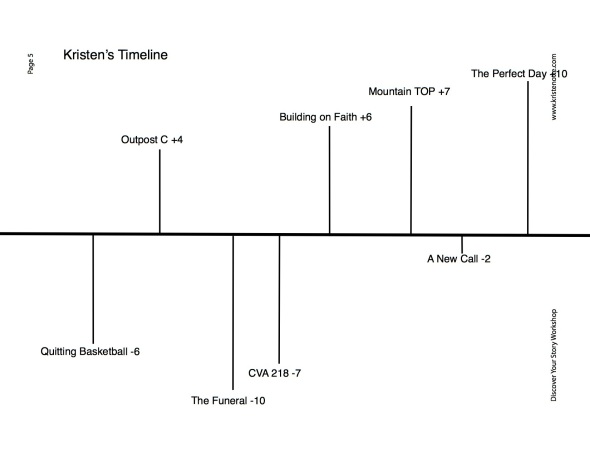In the middle of writing my first novel, I ran into a significant problem. I had no concept of my character's timeline. For example, I didn't know how old Rachel was when her father died, the age difference between Rachel, her aunt, and her father, or when she moved in with her grandparents. Without knowing the timeline, my story didn't make sense. The story had plot holes. To remedy the problem, I took a break from writing and created a timeline for my story. The timeline listed major and minor events in the life of my character and the ages of each character during each event. I wasn't sure all the events would make it into the novel, but I needed to know the timeline for the character's backstory and my understanding as I wrote the story.
The experience taught me the importance of character timelines. When I start my next novel, I plan to create a character timeline before I start writing. The writing process will be faster and smoother with a timeline.
I also use character timelines during my Discover Your Story workshop. During the workshop, participants identify key moments in their lives: the moments after which they are forever changed in a minor or may way. I call those moments life shifts. After they identify the life shifts, they rate the life shifts on a scale of -10 to +10 (0 is neutral). Next, we plot the shifts on a timeline according to chronological order and the rating. The timeline ends up looking like this picture below.
From this timeline, participants can identify patterns and find connections between life events. They learn about who they are and their past can help others. It's a fun exercise in a small group.
This timeline can also be created for your fiction characters. I haven't used it yet, but I might give it a whirl on my next novel project.
